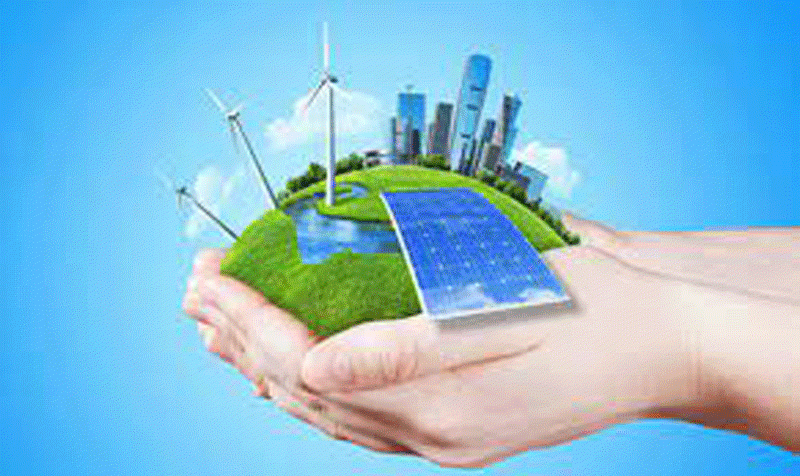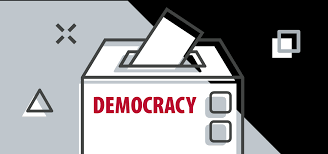
The world is witnessing a fundamental and sudden change in its environmental organisation as more people embrace green solutions for sustainability, efficiency, and effectiveness. This unstoppable green revolution fulfils the dictates of the United Nations’ Sustainable Development Goal (SDG) 11, whose mission is to “make cities inclusive, safe, resilient and sustainable”.
In Zimbabwe, we have reason to celebrate the pacesetters of this rewarding global revolution, whose first footsteps date back to the year 1993 when a US$35,000,000 investment gave birth to Eastgate Centre in 1996. Situated at the heart of Harare’s central business district, this giant business centre is an iconic example of sustainable architecture through its biomimicry. According to official reports, Eastgate Centre provides 5,600 m² of retail space, 26,000 m² of office space, and enough parking space for 450 cars. The architect, Mick Pearce, designed a building with a ventilation system that operates similarly to the self-cooling mounds of African termites, blended with the heat handling traits of the drought-resistant cactus plants. Pearce added an African footprint to the outside design of Eastgate Mall to give it a true Zimbabwean identity. It is not far-fetched if one claims that this 26-year-old giant building is Zimbabwe’s first internationally acclaimed green building.
In this digital age, one wonders if mobile network operators are contributing to the actualisation of SDG 7 — clean and affordable energy, SDG 11 — inclusive, safe, resilient, and sustainable cities, and SDG 13 — climate action.
Interestingly, Zimbabwe’s leading mobile network operator — Econet Wireless Zimbabwe has embraced green energy to the extent of putting up 216 base stations that run on solar. This sustainable intervention of switching to solar has accumulated over 1.57 million kW-hr of energy savings in Econet’s past financial year. This is the beauty of green solutions, from this once-off investment, courtesy of its subsidiary — DPA, Econet stands to accumulate perpetual annual energy savings worth approximately US$1.8 million during the lifespan of the solar system.
Not to be outdone, leading food and liquid beverage manufacturer Schweppes Zimbabwe Limited installed a one (1) Mega Watt rooftop solar plant at its 9000 square metre Harare facility. At its commissioning in 2019, the solar plant was the largest rooftop solar project in the rest of Sub-Saharan Africa excluding South Africa. Schweppes was inspired by the need to address business risks associated with energy supply challenges, including carbon emissions from diesel-powered generators. The solar energy intervention also accumulated financial savings for Schweppes Zimbabwe through leveraging an affordable renewable energy option.
Also, in November 2021, financial services giant Old Mutual Zimbabwe launched a 641kW solar plant at its Mutual Garden Business Park headquarters. The solar plant generates enough power to meet the needs of the company’s office complex and is another feather on Old Mutual’s back after their successful launch of the multiple award-winning green building - Eastgate Centre, in 1993.
Interestingly, it is not only corporates across the economic divide that have embraced green sustainable energy, individuals in the residential property space have also joined the solar craze that has led households to mass installation of solar geysers and the mass adoption of solar-powered homes.
A few years ago, a solar panel was a rare sighting in the built environment, yet today, it has become the trademark for energy efficiency, both at home and at the workplace. At the current energy investment trajectory, Zimbabwe looks set to achieve energy self-sufficiency by the year 2025. Admittedly, considering Africa’s energy deficiencies vis a viz population growth and urbanisations, an integrated energy plan is the solution to Africa’s perennial energy woes. However, solar solutions remain the anchor strategy for an energy-sufficient and environmentally sustainable Africa. The benefits are overwhelming as the initiative brings in long term cost savings and above all a climate mitigation measure aiding the country to meet its Nationally Determined Contributions target. The mandatory installation of solar geysers on newly constructed houses should be extended to cover lighting.
- Mboweni mentors emerging entrepreneurs, calls for integrity in business
- Mboweni mentors emerging entrepreneurs, calls for integrity in business
- Zim tycoons elevate offspring to key roles
- Zim tycoons elevate offspring to key roles
Keep Reading
For today, let us celebrate the stewards of Zimbabwe’s green buildings revolution as we continue to proffer sustainable solutions for the country’s energy, water, and waste management challenges.
- Dr Mike Eric Juru is the president of the Green Building Council of Zimbabwe, an organization that is committed to helping advance green building practices across Zimbabwe through building sustainable communities.










